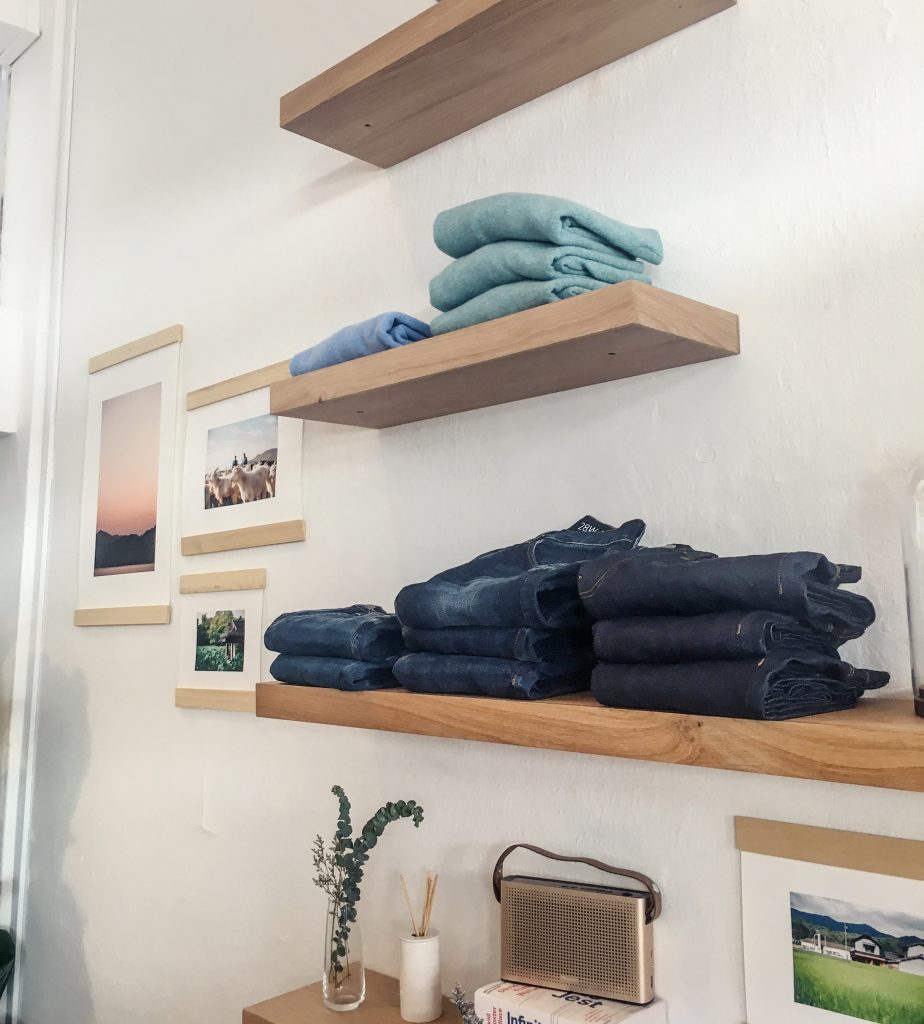Future of Sustainable Fashion?
The future of sustainable fashion is discussed often; what is the next big step in innovation, will consumers become more conscious, are big brands going to change their practices and embrace sustainability and will the fashion system change as a result. Events such as Copenhagen Fashion Summit are dedicated to posing and answering these conundrums in the fashion industry. Difficult questions to answer, but posing these questions is of utter importance. It will allow us to ponder the different solutions and possibilities, and try to make a change accordingly. We always seek to gather articles about movers and shakers in different areas of sustainable fashion, that we feel pose interesting, innovative solutions to current problems. They are the future of sustainable fashion.



Innovation is happening in different manners in a variety of sectors of the industry. A lot has been done to advance the sustainability of textiles and new fibres are being used to create them. Many companies are also exploring making use of artisan communities in building their brand, and adding an extra bit of value and uniqueness in the process. Coming up with new ways of working with artisans in developing countries creatively will have massive benefits in the long run; we are yet to see where this will take us in the fashion industry. Slow fashion brands and designers have been seeing a change in the way people behave already. There has been a rising interest in where things are made, by who and with what. This has resulted in brands that know about their supply chains to benefit; brands such as Esse the Label showcase their fabrics suppliers and garment workers proudly, establishing themselves as a transparent, fair brand with nothing to hide.
High street brands with mass produced collections are attempting to appeal to their customer’s need for increased transparency, and at times failing miserably. Their attempts are seen as marketing ploys, as customers become more informed and start questioning things. Campaigns such as ‘Mango Committed’ do not explain the manner in which they are improving their practices specifically; organic cotton is used but there is still no information about the environmental or ethical impact of this collection. There are ethical brands that are producing garments in an ethical and sustainable manner now, positioning themselves as a fresh alternative for the high street with everyday basics. These include efforts to produce collections locally and from natural materials by brands such as Elizabeth Suzann and Hackwith Design House in the US. Brands such as Grana are accessible to a wide audience with their simple designs, low, transparent pricing and pop up fitting room concepts. Transparent is becoming a trend in the industry, with Singapore based Source Collections showing where exactly the money is going and what their mark up is. This builds a level of trust with customers that fast fashion brands are yet to achieve.
The fashion system has shown no signs of slowing down thus far, and is only changing its practices to become faster and more unsustainable. This change will have to come from the consumers; if we do not change our practices and stop buying with such haste, brands are not going to want to stop that flow of income. The see-now buy-now system is only increasing our need for more clothes now, as well as the ease in which we can purchase and returns items now. On the other hand, more and more people are joining the slow fashion movement and Fashion Revolution is only becoming bigger and more wide reaching, which does show that people are more aware and conscious than before. Time will tell if this keeps increasing and if the movement will put pressure on the fast paced industry.
transparency builds a level of trust with customers that fast fashion brands are yet to achieve

